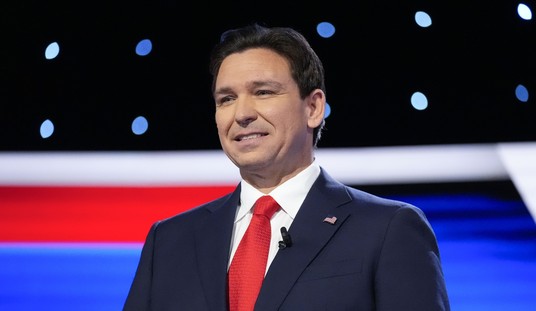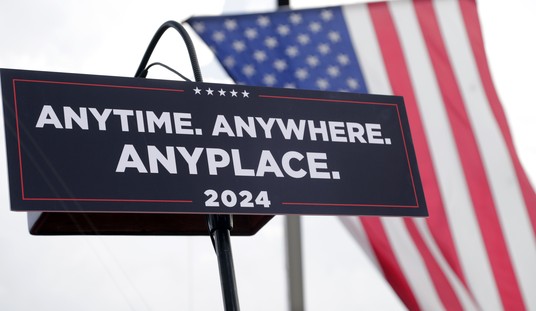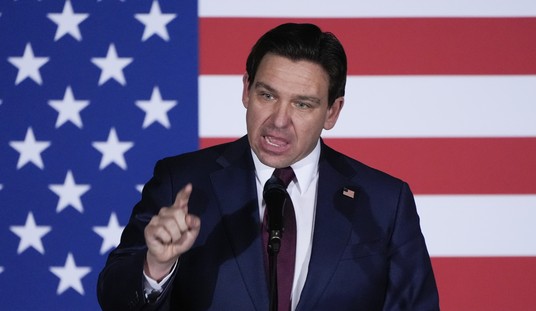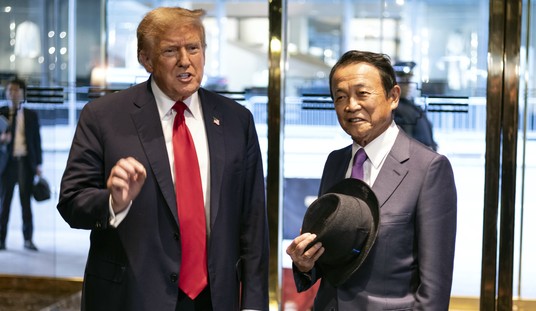Most people probably missed this statement from Senator Charles Grassley (R-IA) last week, announcing that he has put holds on two Barack Obama nominees to the Federal Communications Commission (FCC). With most of the political focus on the Republican presidential race, and whatever focus is left concentrated on budget negotiations in Congress, another Senate hold can’t really compete for attention at the moment. However, the hold carries significant importance, as Grassley refuses to release the nominees for confirmation until the FCC comes clean on its correspondence with LightSquared and the White House on a series of strange decisions by the FCC to allow politically-connected donors to attempt to create a 4G network on the cheap — and potentially at the expense of GPS users across the nation.
In my column for The Week, I delve into the background of this deal, and why it was so potentially lucrative for LightSquared backers:
The hedge fund Harbinger acquired LightSquared in 2009, when it was known as Skyterra, in order to exploit the Obama administration’s push to expand broadband internet access to areas not well served by wired providers. Until then, Skyterra provided mainly satellite communications, with approval for only an ancillary number of terrestrial towers to augment the satellite signals. The network carried very little data, and the company’s license covered small slices of radio spectrum. Harbinger cut a deal with another satellite company to combine licenses in order to launch a new 4G service that would provide high-speed internet service, complete with an extensive terrestrial network in that frequency band. Essentially, LightSquared would become a cell-service company rather than a satellite communications service.
Normally, the FCC auctions off these slices of radio spectrum for this purpose, and the auctions bring in billions of dollars to the federal government. A 2008 auction of what had been a portion of the UHF band for commercial TV (channels 52 through 69) fetched more than $19 billion, primarily from AT&T and Verizon. If Harbinger and LightSquared could use their already allocated frequencies to launch a new 4G communications service without having to purchase spectrum space, they would have a tremendous advantage over existing carriers.
However, LightSquared’s frequencies were not allocated for this purpose, which required the FCC to issue a waiver for its use. The frequencies are adjacent to the band allocated for GPS service, which use very weak signals from geostationary [see update] satellites that allow receivers to pinpoint their location. Because of the low power of these signals, GPS receivers have to use broad reception, which makes them exceptionally susceptible to interference. That’s why the military and the GPS industry raised warnings about LightSquared’s proposal.
The FCC has its own facility for testing, but chose not to investigate LightSquared’s application before granting the waiver in January of this year. The commission relied instead on assurances from LightSquared that they had resolved the interference issue. According to a source on Capitol Hill familiar with the issue, that assurance did not come with any testing data, yet the FCC allowed LightSquared to proceed nonetheless, with the provision that testing would have to eventually take place before approval for a full commercial rollout.
As readers probably already know, the testing showed that LightSquared’s system had a 75% failure rate in the NTIA tests, which should — should — effectively end its project … if the FCC enforces the terms of its waiver. The NTIA’s test concluded that “No additional testing is required to confirm harmful interference exists,” which means that the company’s product cannot use their spectrum slice for 4G service.
The big question, though, is why the FCC didn’t just test the system itself right from the beginning. According to my source on Capitol Hill, they had the capacity to do so, and the issuance of a waiver — especially one that would have bypassed the need to purchase expensive spectrum allocation — was unusual enough that it should have prompted that kind of due diligence. The FCC claims that LightSquared assured them that they would develop safeguards that would prevent this kind of interference, but apparently didn’t require LightSquared to provide any technical data to support that conclusion. (Similarly, LightSquared announced two days before the NTIA report was leaked that “independent” tests had shown that their service didn’t interfere with “precision GPS” receivers, but didn’t provide the data or methodolgy of the testing.)
Why did LightSquared get such preferential treatment? In my column, I recap the relationships between investors in LightSquared, as well as new and ongoing SEC investigations into its parent company, Harbinger, headed by big Democratic donor Philip Falcone. Grassley and others suspect that the waiver grant and oddly uncurious attitude of the FCC might have to do with the firm’s political connections, which is why Grassley wants to see the FCC’s correspondence between the FCC and the company itself, and between the FCC and the White House as well. FCC chair Julius Genachowski has refused to cooperate to three separate requests over the last seven months, saying that agencies do not have to honor “compulsory” oversight except from committees with jurisdiction over their operations. As my source on the Hill points out, making excuses like that usually means there’s something an agency doesn’t want other people to see.
Isn’t it time we get a little sunlight to shine on LightSquared? CREW thinks so; they have a raft of FOIA requests and results from the White House Office of Science and Technology Policy (OSTP). Given that the failure in the NTIA tests will mean the end of LightSquared and could rattle Harbinger as well, it will eventually come out in discovery from the inevitable lawsuit that follows. Grassley needs to hold firm until the Obama administration comes clean on LightSquared.
That transparency shouldn’t stop with the FCC or with LightSquared, either. As the Daily Caller reports, this administration has spent almost $5 billion on broadband expansion since the February 2009 stimulus. How many projects have been completed? How about … none:
As of the third quarter of 2011, no projects from the federal government’s Broadband Technology Opportunities Program (BTOP) — a technology stimulus program funded by the American Recovery and Reinvestment Act of 2009 (ARRA) — have been completed. …
Recovery.gov states that 170 out of 234 BTOP projects — employing 2,806 people, or 81.5 percent of the BTOP workforce — are still less than halfway complete. …
BTOP funds totaled over $4 billion, and the average award was $6,217,509, according to Recovery.gov. A total absence of loans — and completed projects — already has at least one critic reeling.
“You’d think if BTOP was even marginally successful, the government would want to trumpet that,” wrote Mike Wendy, director of MediaFreedom.org, wrote on his blog. Wendy told The Daily Caller that he was referred to Recovery.gov after he repeatedly asked NTIA for specific jobs numbers.
And how many jobs have been created from the $4.7 billion already laid out? Only 3,442 — which comes to $1.365 million per job.
Update: John Ekdahl has more background on LightSquared and the FCC at Ace’s place. It gets murkier and murkier, but at least the players are … consistent.
Update II: GPS satellites are not geostationary; they have an orbit that consists of roughly 12 hours.








Join the conversation as a VIP Member